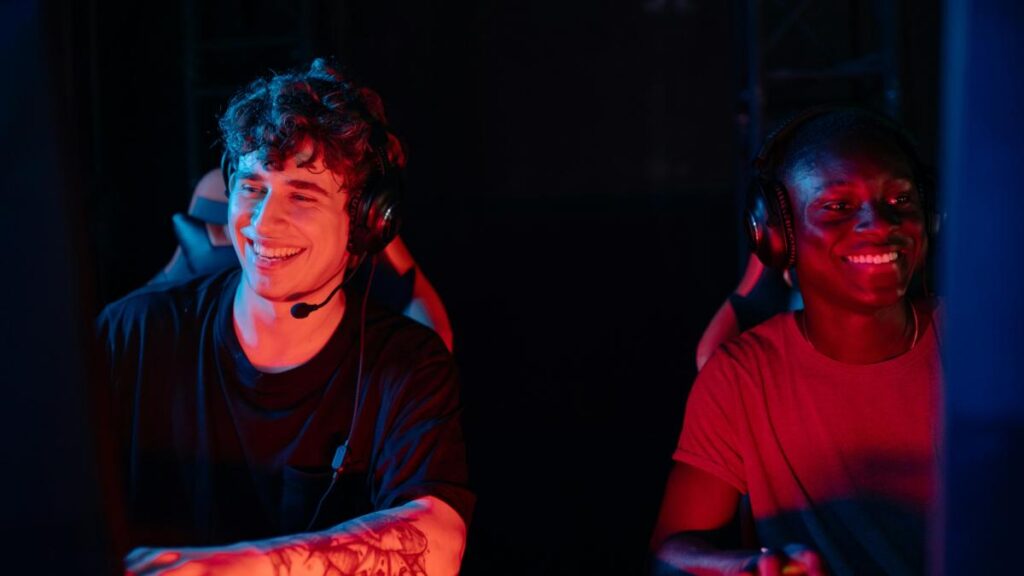The Digital Time Conundrum
The current debate goes beyond the simple dichotomy of being productive or entertained; it now centers on how we effectively manage the hours spent on our digital devices, or how these hours slip away unnoticed.
The Competition for Attention
Applications, social networks, video-on-demand services—all vie for the same thing: to keep users engaged for more minutes of their day.
A simple search for information can easily extend into hours without our awareness.
According to data revealed by Exploding Topics, users spend an average of 4 hours and 37 minutes daily on their smartphones.
While this study does not specify the time distribution across different applications, it’s clear that social media platforms like Instagram, TikTok, and YouTube are among the most consumed globally. This is no coincidence: they’re designed to keep users hooked.
The Attention Economy
This phenomenon has a name. It’s now openly discussed as the “attention economy.”
Here, attention is captured rather than a product sold. Every gesture, click, and second counts.
Applications no longer wait to be used; they anticipate, proactively aiming to become habits.
The Construction of Digital Time
Strategic Design Over Functional Design
The design of many platforms has shifted from being functional to strategic. It’s not just about aesthetics or speed; it’s about capturing attention.
Colors, sounds, animations, update rhythms—all play a role. The interface is calibrated to make it difficult to leave.
Behind this, algorithms constantly learn and adjust content so there’s always something more to see, do, or interact with.
This phenomenon is even more evident in digital leisure environments. For instance, Casino777 employs dynamic systems that adapt the experience based on the type of player.
In the world of online casinos, interfaces, rewards, and game rhythms aren’t arbitrary; they respond to a detailed retention model.
There are no abrupt cuts or clear endings. Each element gently pushes towards the next step.
Too Many Stimuli, Little Clarity
Fragmented Attention Amidst Constant Stimulation
Most people feel this, though they may not name it: there are too many things happening simultaneously. What was once focus is now fragmentation.
“Partial continuous attention” has become commonplace. It’s that feeling of being involved in everything, yet fully engaged in nothing.
Responding to messages while watching a series, checking emails while a video loads, glancing at the phone amidst conversation—this constant state of stimulation has real effects.
It can disrupt sleep, complicate daily decisions, or create mental noise that’s hard to silence.
This adds to information overload, a frequent cause of mental fatigue in digital environments. More data doesn’t imply more clarity; sometimes, it’s the opposite.
Simple Tactics to Reclaim Control
Understanding Over Avoidance
The solution isn’t to abandon the digital world, but to understand it better. Not everything can be avoided, but technology can be used without letting it take control.
Small adjustments like silencing notifications, setting screen-free times, or limiting certain apps to specific hours can make a difference.
Reclaiming the space of boredom, that time without stimulation where the brain resets, also helps.
Digital literacy critical thinking is a useful tool in this context. It’s not just about knowing how to use a phone, but understanding how the platforms that house it function.
Recognizing patterns, anticipating distractions, and making each choice more conscious gives power. Control isn’t disconnecting from everything; it’s knowing when to say enough.
Living amidst screens isn’t the issue. The problem arises when each passing minute goes unnoticed, when time seems occupied but not always productively used.
Even brief disconnections can feel strange, but they can also be acts of self-respect.
Regaining control over one’s time isn’t an impossible quest or a fleeting trend; it’s a necessity.
Understanding how the daily-used platforms function is a crucial first step.
The next step is deciding, guilt-free, when to use them and when not to.
Key Questions and Answers
- Q: What is the current digital time debate about? A: It’s about effectively managing the hours spent on digital devices and preventing time from slipping away unnoticed.
- Q: How do digital platforms compete for user attention? A: They design interfaces that are hard to leave, using colors, sounds, animations, and update rhythms strategically. Algorithms continuously learn user behavior to keep them engaged.
- Q: What is the ‘attention economy’? A: It’s a system where attention is captured rather than a product sold. Every user interaction counts in this economy.
- Q: How does constant digital stimulation affect us? A: It can disrupt sleep, complicate decisions, create mental noise, and contribute to information overload, leading to mental fatigue.
- Q: How can we regain control over our digital time? A: Small adjustments like silencing notifications, setting screen-free times, and practicing digital literacy can help. Reclaiming boredom also aids in regaining control.






